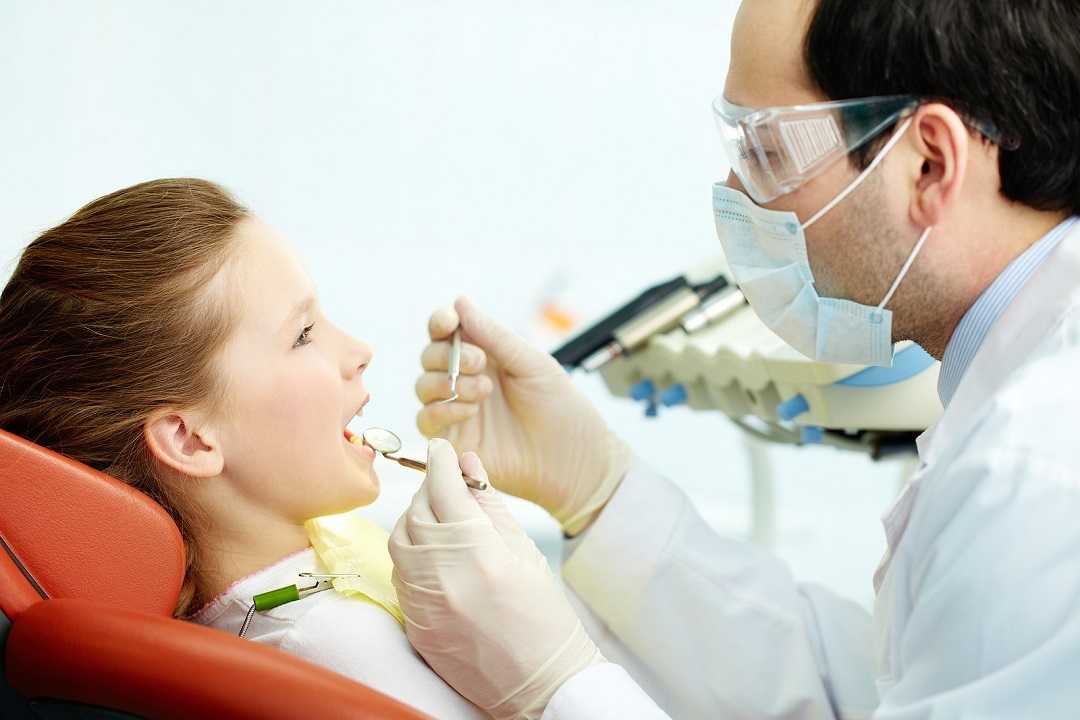Widespread news about the tragic death of a 3-year old earlier this year has parents across the globe concerned for the safety of children undergoing anesthesia for common dental procedures.
It’s not the first time that the safety of sedating children at the dentist’s office has been in the news. Tales of dentists using sedation to increase profits and minimize inconvenience have been brought up amid findings that some dentists were using sedation for even routine cleanings and cavity treatments.
For concerned parents, it’s important to ask your dentist if they ever recommend sedation for children, and for what types of procedures. If a dental treatment may require a long, complicated or painful procedure, sedation may be reasonable.
For routine exams and cleanings, however, most dentists don’t consider the risks of sedation to be worth the benefit. Many pediatric dentists ease children into routine cleanings and are careful to consider the child’s emotional state. Utilizing music, TVs, or other supports can often help children relax during their visit.
If it turns out your child may benefit from being sedated, parents should take time to review the ADA’s guidelines for parents and guardians. Some of the questions recommended by the ADA to ask your child’s dentist ahead of time include:
- Who will provide the preoperative evaluation of my child including their past medical history such as allergies, current prescription medications and previous illnesses and hospitalizations?
- What is the recommended time that my child should be without food or drink prior to the procedure (with the exception of necessary medications taken with a sip of water)?
- Will any sedation medication be given to my child at home prior to their coming to the office and, if so, how should they be monitored?
- What training and experience does the sedation/anesthesia provider have in providing the level of sedation or anesthesia that is planned for the procedure? Does this training and experience meet all of the standards of the ADA Guidelines for the Use of Sedation and General Anesthesia by Dentists?
- Does the staff assisting in the procedure have current training in emergency resuscitation procedures, such as Basic Life Support for Healthcare Providers, and other advanced resuscitation courses as recommended by the ADA Guidelines? Is this training regularly renewed?
- Does the state dental board require a special sedation/anesthesia permit or license that allows for the sedation/anesthesia provider to administer this specific level of sedation or anesthesia in the dental office?
- In addition to the use of local anesthesia (numbing), what level of sedation or general anesthesia will be given to my child? Is it minimal sedation (relaxed and awake), moderate sedation (sleepy but awake), deep sedation (barely awake) or general anesthesia (unconscious)?
- How will my child be monitored before, during and after the procedure until the child is released to go home? Are the appropriate emergency medications and equipment immediately available if needed, and does the office have a written emergency response plan for managing medical emergencies?
- Will the sedation/anesthesia provider give me instructions and emergency contact information if there are any concerns or complications after returning home?
These questions can be daunting, but keep in mind children sedated for dental procedures in the US are normally unaffected by the procedure. While the risks of anesthesia are real and are higher for young children, you and your child’s dentist should be able to discuss the above topics and come to a confident conclusion regarding your child’s needs.









